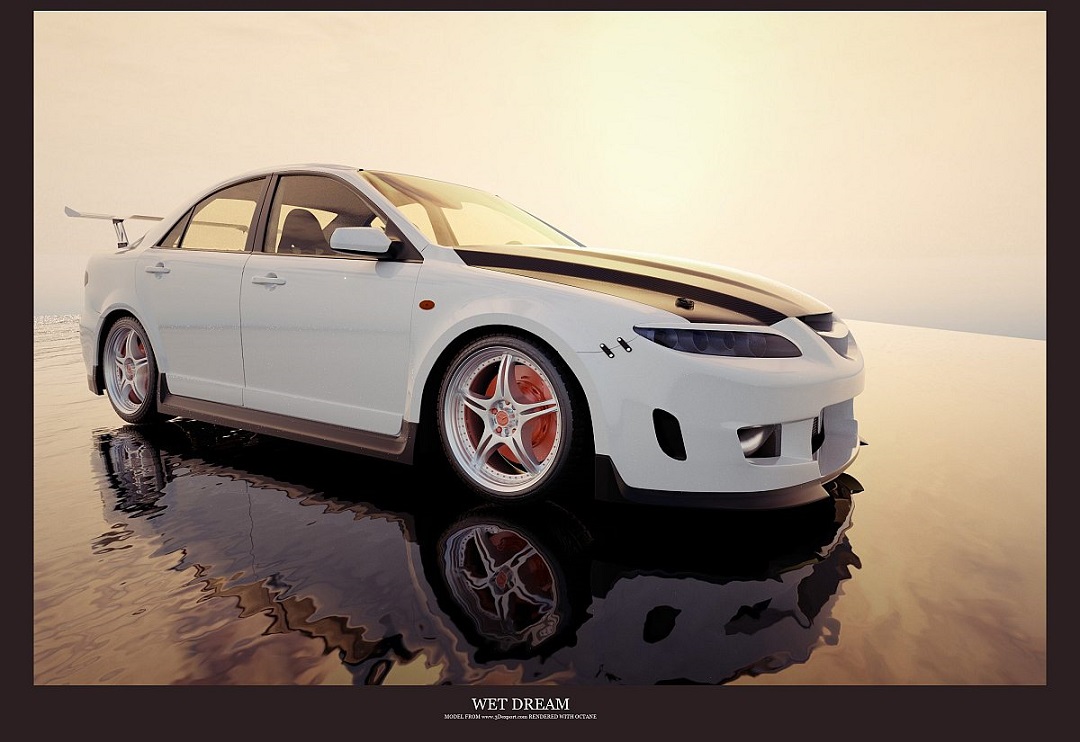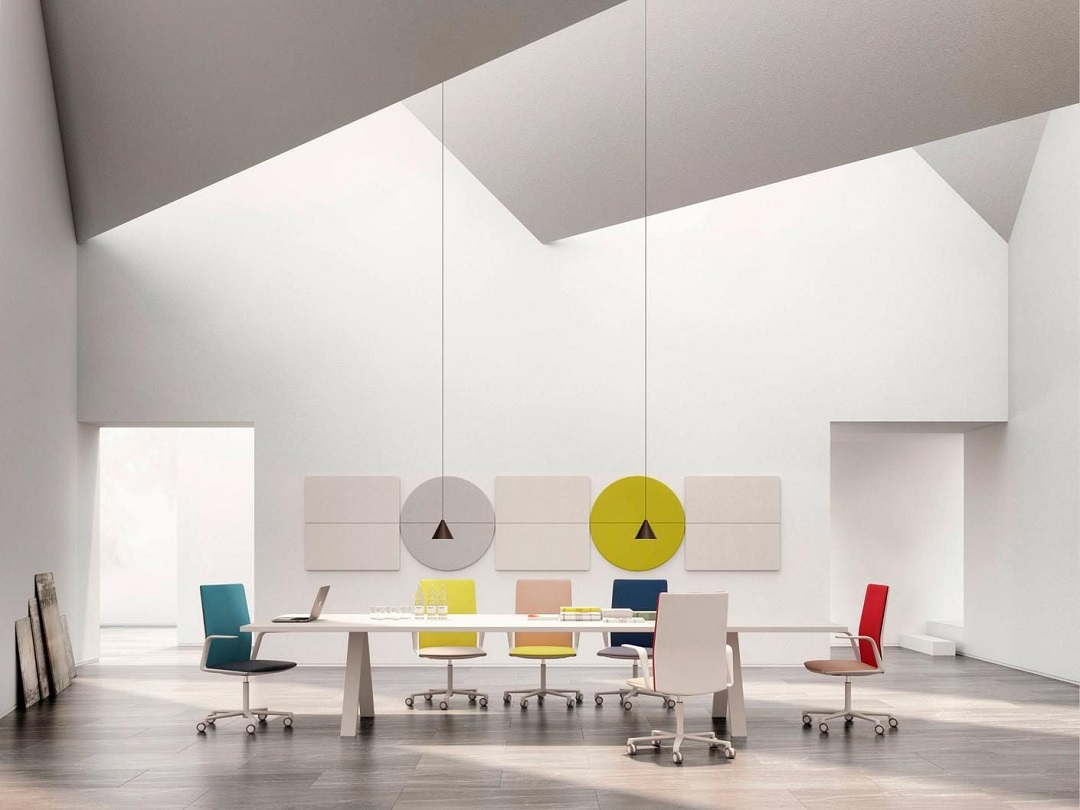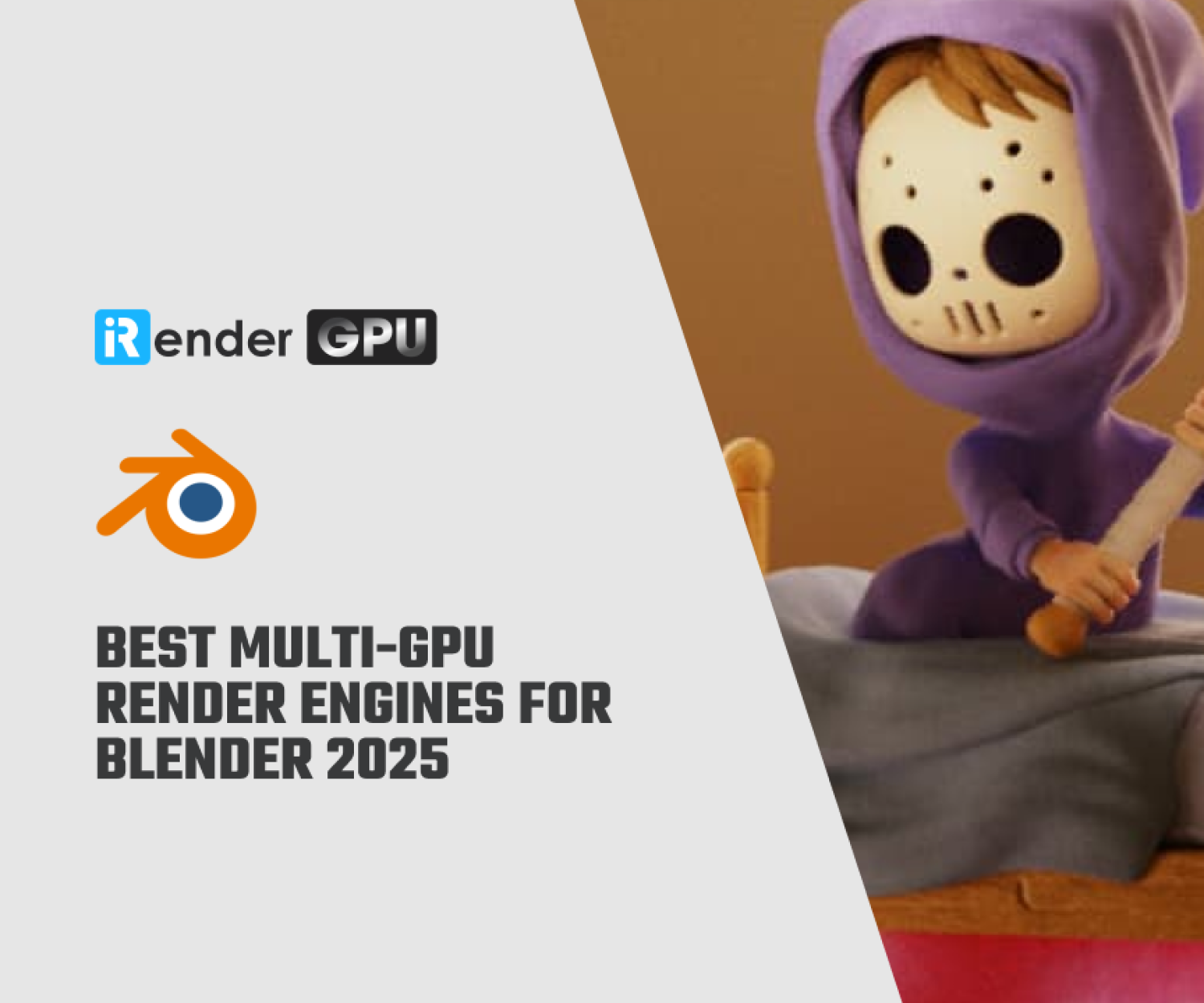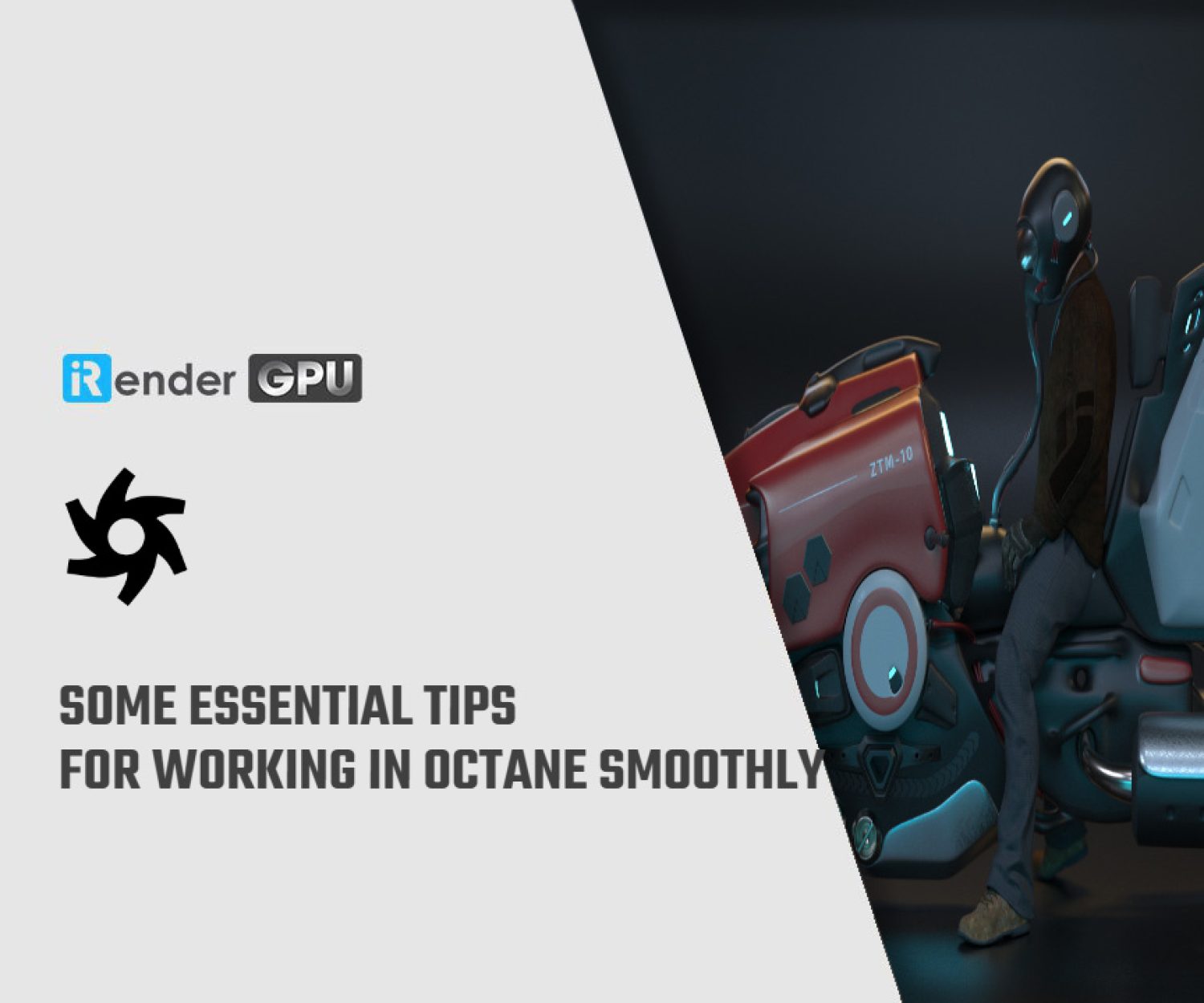3D software battle 2021: VRAY vs Octane Render
Rendering engines are basic elements for all those involved in 3D modeling: they’re after all software that concentrates on calculating renders, supporting traditional modeling programs and producing photorealistic images including Vray vs Octane render.
The downside, particularly for people who are new to this field is that it’s not always very simple to decide on one particular.
In the blog today, we continue to compare the two most famous and most widely used: VRAY, developed by the Bulgarian Chaos Group and used by numerous graphic programs (such as Studio Max, Maya, Rhinoceros, Cinema 4D, Softimage XSI, SketchUp, Blender) and Octane Render, such as OTOY, a startup based in California which can be integrated, for example, with Autodesk 3D Studio Max, Maya and Lightwave.
Pros and cons
VRAY is considered the foremost flexible engine because it allows recreating any kind of scene and supports many different tools and plugins, however, additionally several materials and mappings, whereas octane is much more limited. However, based on the configuration of the renderings, Octane is better because it allows getting satisfactory results even with a lot simpler settings; furthermore as avoiding all issues (being an Unbiased motor) like spots or flicker.
This could only be eliminated with lots of work and effort when using VRAY. On the other hand, as for the utilization of memory, VRAY appears to prevail, because it uses RAM rather than the limited VRAM.
Other benefits of Octane are lighting, camera, and exposure.
You can get real results with both engines, however by using VRAY this operation may be far more difficult and not intuitive, particularly for the less experienced users.
Finally, as far as network rendering, the advantage of choosing Octane is that of using only the video card for ( che e’ secondary pc) secondary computers: it’ll only be necessary to buy the software license, however not those for the plugins.
In short, VRAY and Octane have very different characteristics and every one good depends on the situations. The advice (if possible) is to learn to use both of them, so you’ll be able to use them on specific occasions.
Hardware configuration
Graphics Card (GPU) based render engines such as Octane or VRAY have matured quite a bit and are overtaking CPU-based Render-Engines – both in popularity and speed. But what hardware gives the best-bang-for-the-buck, and what do you have to keep in mind when building your GPU-Workstation compared to a CPU Rendering Workstation? Let’s take a look.
1.Processor
Since GPU-Render Engines use the GPU(s) to render, technically, you should go for a max-core-clock CPU like the Intel i9 10900K that clocks at 3,7GHz (5,3Ghz Turbo) or the AMD Ryzen 9 5950X that clocks at 3,4Ghz (4,9Ghz Turbo).
At first glance, this makes sense because the CPU does help speed up some parts of the rendering process, such as scene preparation.
Render Engines is dependent on GPU performance. Some processes, though, that happen before and during rendering rely heavily on the performance of the CPU, Storage, and (possibly) your network. For example, extracting and preparing Mesh Data to be used by the GPU, loading textures from your Storage, and preparing the scene data.
These processing stages can take considerable time in very complex scenes and will bottleneck the overall rendering performance, if a low-end CPU, Disk, or RAM are used. If your scene is too large to fit into your GPU’s memory, the GPU Render Engine will need to access your System’s RAM or even swap to disk, which will slow down the rendering considerably.
2. Best Memory (RAM) for GPU Rendering
Different kinds of RAM won’t speed up your GPU Rendering all that much. You do have to make sure, that you have enough RAM though, or else your System will crawl to a halt.
Keep the following rules in mind to optimize for performance as much as possible:
- To be safe, your RAM size should be at least 1.5 – 2x your combined VRAM size
- Your CPU can benefit from higher Memory Clocks which can in turn slightly speed up the GPU rendering
- Your CPU can benefit from more Memory Channels on certain Systems which in turn can slightly speed up your GPU rendering
- Look for lower Latency RAM (e.g. CL14 is better than CL16) which can benefit your CPU’s performance and can therefore also speed up your GPU rendering slightly
3. Best Graphics Card for GPU Rendering
Finally, the GPU:
To use Octane you will need a GPU that has CUDA-Cores, meaning you will need an NVIDIA GPU.
Some versions of VRAY used to additionally support OpenCL, meaning you could use an AMD GPU, but this is no longer the case.
The best NVIDIA GPUs for Rendering are:
- RTX 3080 (8704 CUDA Cores, 10GB VRAM)
- RTX 3090 (10496 CUDA Cores, 24GB VRAM)
4. Speed up your Multi-GPU Rendertimes
GPUs don’t always scale perfectly. 2 GPUs render an Image about 1,9 times faster. Having 6 GPUs will sometimes render about 4.8x faster. And you might have to increase your System RAM a bit and have a strong CPU since every GPU-Task needs its amount of RAM and CPU performance.
iRender cloud rendering for Vray vs Octane render
At iRender, we provide many servers with different configuration that are the best choices for Octane and Vray, with the most powerful graphic card nowadays such as RTX 3090, RTX 3080.
Let’s see the benchmark of 4x RTX3090 configuration for Vray below.
OctaneRender 2018.1 and higher support NVIDIA NVLink, which allows sharing data between two GPUs via an NVLink Bridge, on supported RTX GPU configurations. As per written above, the multiple cards servers provided by iRender online render farm combined with NVIDIA RTX graphics (4/6x GeForce RTX 3090/3080/2080 Ti) and NVLink, bring Octane users unprecedented rendering power, performance, and capability wherever work takes. Best of all, there’s a configuration that’s perfect for what you do.
Let’s see a rendering test with Octane project on server 5 (4x RTX 3090) at iRender:
- Regarding CPU: With 3.9GHz– 4.5GHz from Intel Xeon W-2245 processor of our server 3 (RTX 3090), 8 cores plus 16 Threads, it’s a relatively reliable choice for Lumion & Twinmotion users.
- Regarding RAM: iRender’s package 3 offers you up to 128GB RAM. It can meet any demands of yours regarding 8K resolution, VR presentation or 360 panoramic video.
- Regarding GPU: we provide the most powerful graphic card nowadays which is the best fit for Octane & Vray: RTX 3080 & RTX 3090.
- Regarding hard disk space: should also be taken into consideration when working a very large project.
Storing your project on a SSD will allow your project to load and save faster. And luckily, iRender provides you a storage (NVMe SSD) up to 512GB. - Free and convenient transfering tool: iRender offers a powerful and free file transfer tool: Gpuhub Sync. With fast file transfer speed, large data capacity, and completely free. You can transfer all the necessary data into our Gpuhub Sync tool at any time without connecting to the server. The data will be automatically synchronized in the Z drive inside the server, ready for you to use.
- Flexible price: the hourly rental for package 1x RTX3090 is 3.8$/h, 6x RTX 3090 is $12 and 6x RTX3090 is $22. But you can always save from 30% to 60%with our Fixed Rental feature. For those who’s in need of server more than a day, or have extremely large project, we advise to choose daily/ weekly/monthly rental package. The discount is attractive (up to 30% for daily packages, 50% on weekly packages, and 60% on monthly packages), and you don’t have to worry about over-charging if you forget to shutdown the server.
- Real human 24/7 support service, helping you to handle the problem quickly, effectively, saving you both time and money.
iRender has appreciated in many global rankings (e.g: CGDirector, Lumion Official, Radarrender, InspirationTuts CAD, All3DP, VFXRendering). With the above advantages and the machine configuration package that iRender has just released, we believe that Octane & Vray users will have the most comfortable, quickest, and most effective rendering time.
Register an account here and turn your PC into a supercomputer today.
Thank you & Rendering Endlessly…!
Related Posts
The latest creative news from Octane Cloud Rendering, V-Ray Cloud Rendering , 3D VFX Plugins & Cloud Rendering.












